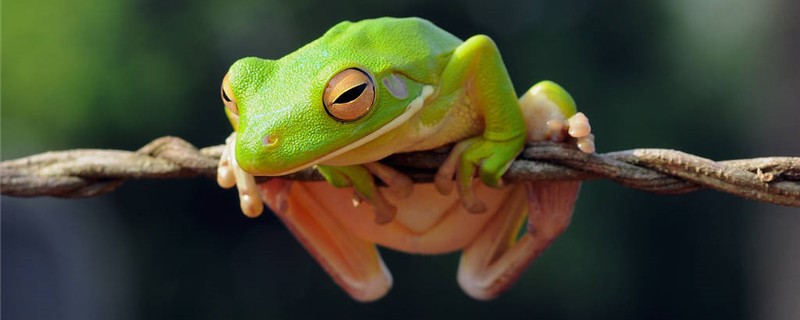 Are
Are Tree frogs are one of the amphibians, most of which live in the woods. Nocturnal animals are special animals that do not move during the day. However, their daily activities are regular, resting during the day and moving at night, contrary to most animals that are active during the day. When night comes, nocturnal animals will come out to move. Most of their activities are carried out at night. Predation and reproduction are two important activities.
In this respect, tree frogs are also nocturnal animals. When the day comes, the tree frog will rest in the tree and remain inactive. When the night comes, on the contrary, the tree frog will become very active and come out. Tree frogs are very flexible when they move in trees, because they have webbed toes and thick pads, which are very convenient to move.
? In winter, when the temperature drops, some animals will hibernate to resist the cold. Many animals with hibernating habits are poikilotherms, because their body temperature will decrease with the decrease of external temperature, the metabolic rate will slow down, their activity will decrease, and the further decrease of temperature may endanger their lives, at this time they will resist the cold by hibernation. The tree frog is one of the amphibians and also belongs to the poikilotherm. Whether
tree frogs hibernate depends on their distribution area. Some tree frogs are distributed in tropical areas, where they sometimes do not hibernate, because the temperature in winter is not particularly low. But tree frogs in temperate and cold regions may hibernate because the temperature in winter is very low. However, there are some species of tree frogs that do not need to hibernate, such as Alaskan tree frogs. Although they are frozen in winter, this situation does not endanger their lives, but they will wake up in spring.